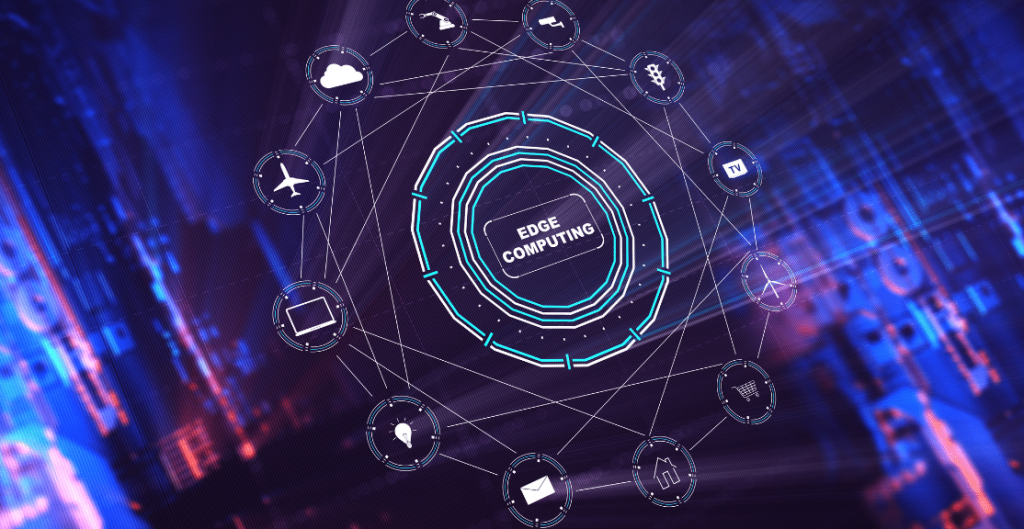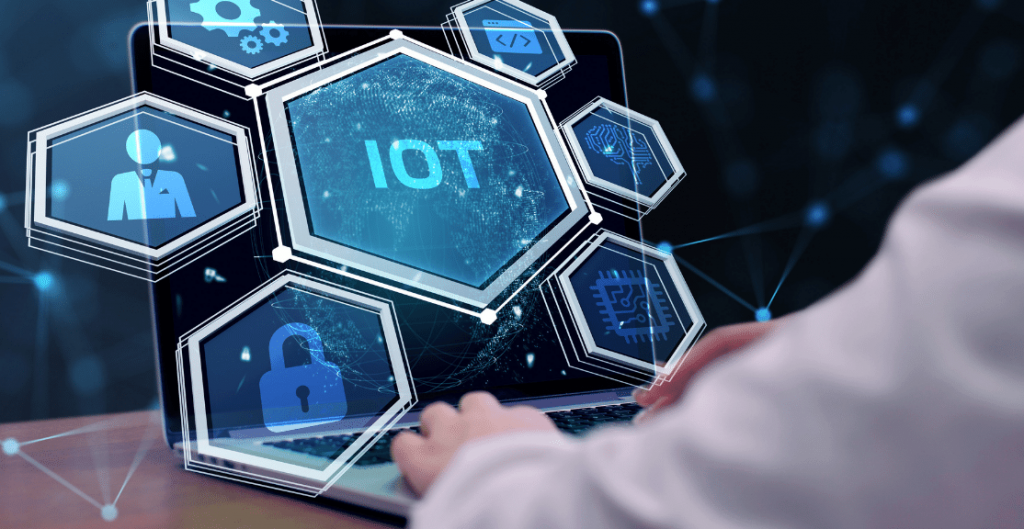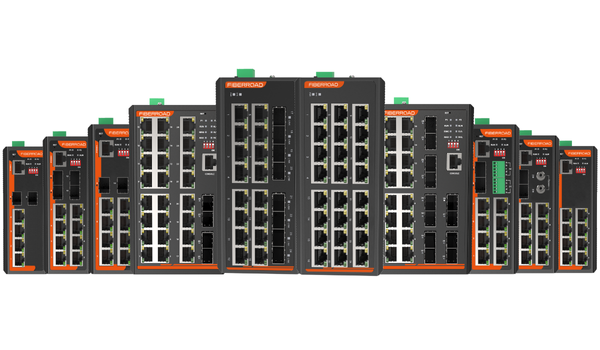By Nikita Griffin, Edge Network Engineer, Fiberroad Technology
The IoT and Edge computing technologies work together to bring the cloud closer to the data generated by a device. By leveraging the power of small devices to send and receive data, companies can lower latency and improve response time. They can also make better use of data generated at the network’s edge. Edge computing can help improve customer experience by reducing latency and enabling companies to process more data at the edge of the network.
Edge computing allows businesses to leverage the power of connected devices, increasing operational efficiency and improving the customer experience. The best models of Edge Computing can accelerate performance and data analysis by analyzing data locally. Additionally, a well-considered approach to Edge Computing ensures data privacy and adherence to data residency laws.

What is edge computing?
Edge computing refers to using resources in a physical area with low latency and bandwidth. Edge computing is an important feature of modern applications. By reducing the amount of data flow to the cloud, businesses can cut costs associated with bandwidth and latency. Listed below are some of the benefits of edge computing. They can make business processes easier and increase efficiency.
Edge computing moves computation and storage closer to where data is created or generated. This is advantageous because the processing work is done at the source instead of at a central data centre. Edge computing can be used on a retail store, a factory floor, a smart city, or a sprawling utility. Data collected from the edge is sent back to the main data centre to be processed. Often, the processing work is completed faster and more efficiently, thanks to the edge computing approach.
Industrial and agricultural users will increasingly use the use of edge computing. In the case of industrial users, low latency and reliability are key factors. To achieve these, edge computing will need rugged edge devices and dedicated communications links, such as private 5G networks or Wi-Fi. Environmental sensors will likely have lower data requirements and range requirements. There are some limitations, but overall, the benefits of edge computing are clear. There are several different scenarios in which edge computing can be used.

What is IoT?
The Internet of Things – is an Internet-connected network of devices. To fully realize the potential of IoT, devices must support the TCP/IP protocol suite. To develop IoT applications, developers need to consider these factors. Developing extensible IoT applications is not easy, requiring developers to develop them from the ground up. For example, building an IoT application for a home security system requires a high-quality hardware platform.
IoT applications help businesses analyze and predict environmental conditions, determine equipment failures, and understand the performance of products and services. With the information gathered by IoT sensors, enterprises can develop differentiating features and services for their products. This enables companies to create new business models and evolves their product portfolios into ecosystems. By leveraging the power of IoT, organizations can maximize their ROI and boost productivity. For a more detailed view of IoT applications, consider the following examples.
How do they fit together?
These two technologies work hand-in-hand to provide a variety of applications, from augmented reality to industrial automation. The two technologies enable intelligent algorithms to optimize device performance and power consumption. This means a device can be powered off and run a process before being plugged back in. This makes edge computing a key part of the IoT ecosystem.
By bringing processes closer to where they are needed, such as on the edge, organizations can eliminate the need for centralized architectures. Edge computing allows for data processing to take place without a cloud, which allows for faster completion of tasks. The delay in sending data to a central system can cause directions-based instructions to be delayed. Moving processes closer to the edge allows organisations to process data in real-time, reducing latency and bandwidth.
To use edge computing, client devices connect to a nearby edge module. This enables them to make faster and smoother decisions. Examples of edge devices include employee notebook computers, smartphones, security cameras, and an internet-connected microwave oven. In addition to the cloud, edge computing can also be used on IoT sensors. While it is difficult to define how Edge computing and IoT fit together, they benefit businesses in many ways.
Edge computing helps businesses improve web applications and reduce latencies in communications by reducing bandwidth usage. Many businesses today produce vast amounts of data that must be processed rapidly and securely. Edge computing can help businesses improve their data processing and minimize safety risks while enabling faster business operations. In addition to its benefits, edge computing allows for more secure and reliable local data processing. It’s important to remember that this approach is not a replacement for cloud computing.
IoT devices can generate large amounts of data in the real world. With edge computing, these data are processed near the point of origin, resulting in zero latency. Zero latency is important for IoT applications because it can improve the functionality of connected devices. Edge computing reduces latency for devices and reduces the burden on data centres. For example, autonomous drones can drop supplies at a disaster site without returning.
Advantages of Edge computing for IoT
- Edge computing reduces bandwidth costs: For example, it is useful for video surveillance or preventive maintenance because it can be expensive to stream data over a cellular network. One city-deployed HD video camera can produce as much as 1,296GB of data monthly. As such, edge computing reduces the cost of bandwidth and storage, which are both significant costs of IoT projects. By enabling businesses to process IoT-generated data closer to the device, edge computing can reduce bandwidth requirements. Edge computing also ensures that only the data needed for long-term storage is streamed to the central management platform.
- Edge computing can help optimize existing products and services: While cloud computing is increasingly important for the Internet of Things (IoT), it does not have a local network’s high speed and reliability. In addition, edge computing can decrease the cost and speed of data processing by shifting computations from the cloud to devices close to the source. This technology is a perfect middle ground between cloud and on-premise networks.
- Edge computing reduces reliance on internet connectivity: By using a local network, gateways and smart edge devices can continue to work without cloud communication. In addition to these benefits, edge computing is more cost-effective, as cloud subscription services will cost less if the devices can work independently of the cloud. It will also reduce data upload/download frequency. This way, edge computing is an efficient choice for IoT deployment.
- Edge computing allows for highly customized experiences: For example, a retail store may store vast amounts of data on thousands and hundreds of shoppers. By leveraging edge computing, these stores can know the needs and preferences of hundreds or even thousands of people. This helps companies cut costs while providing better services. Further, edge computing reduces the risk of disruptions to business operations.






